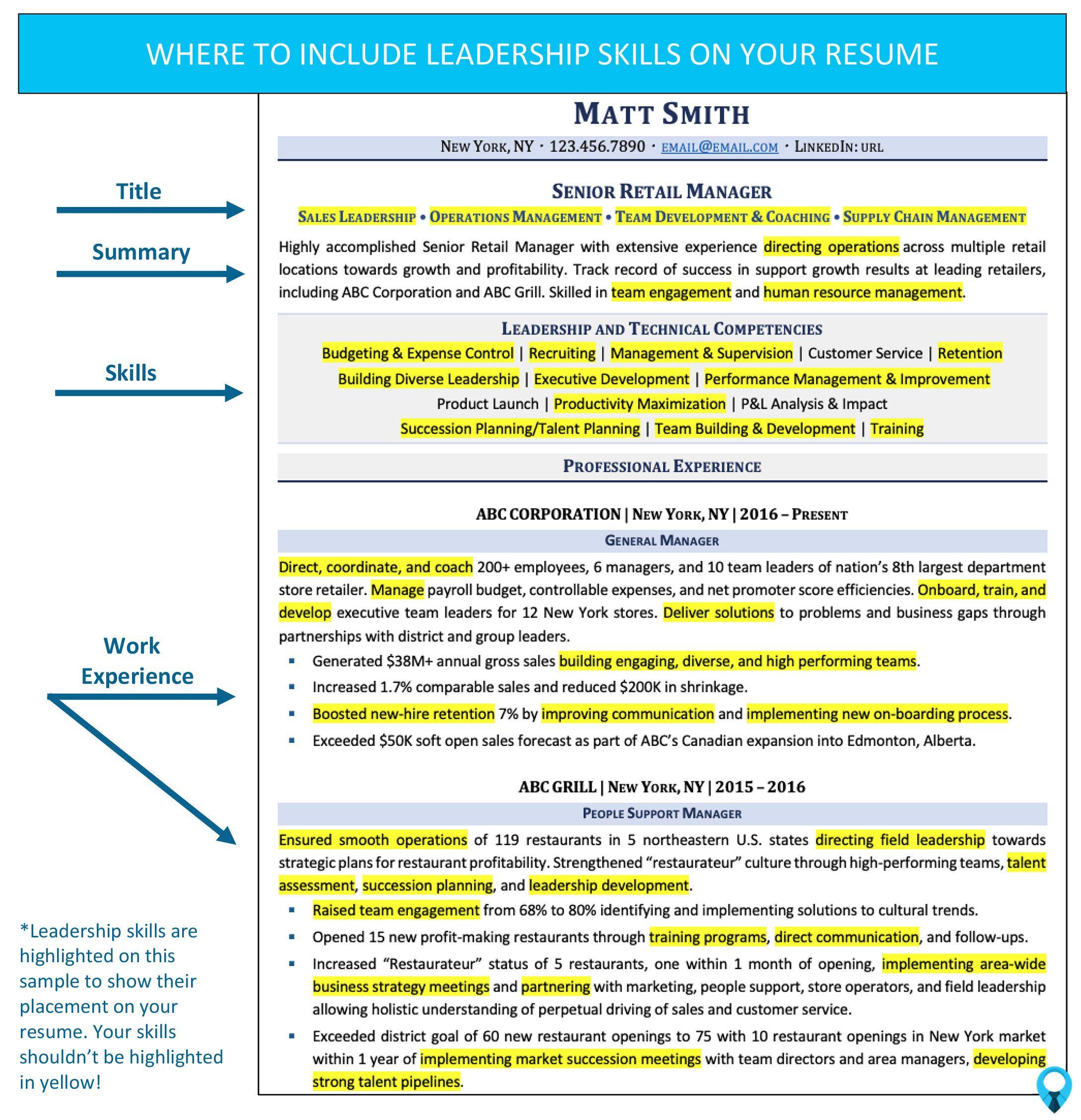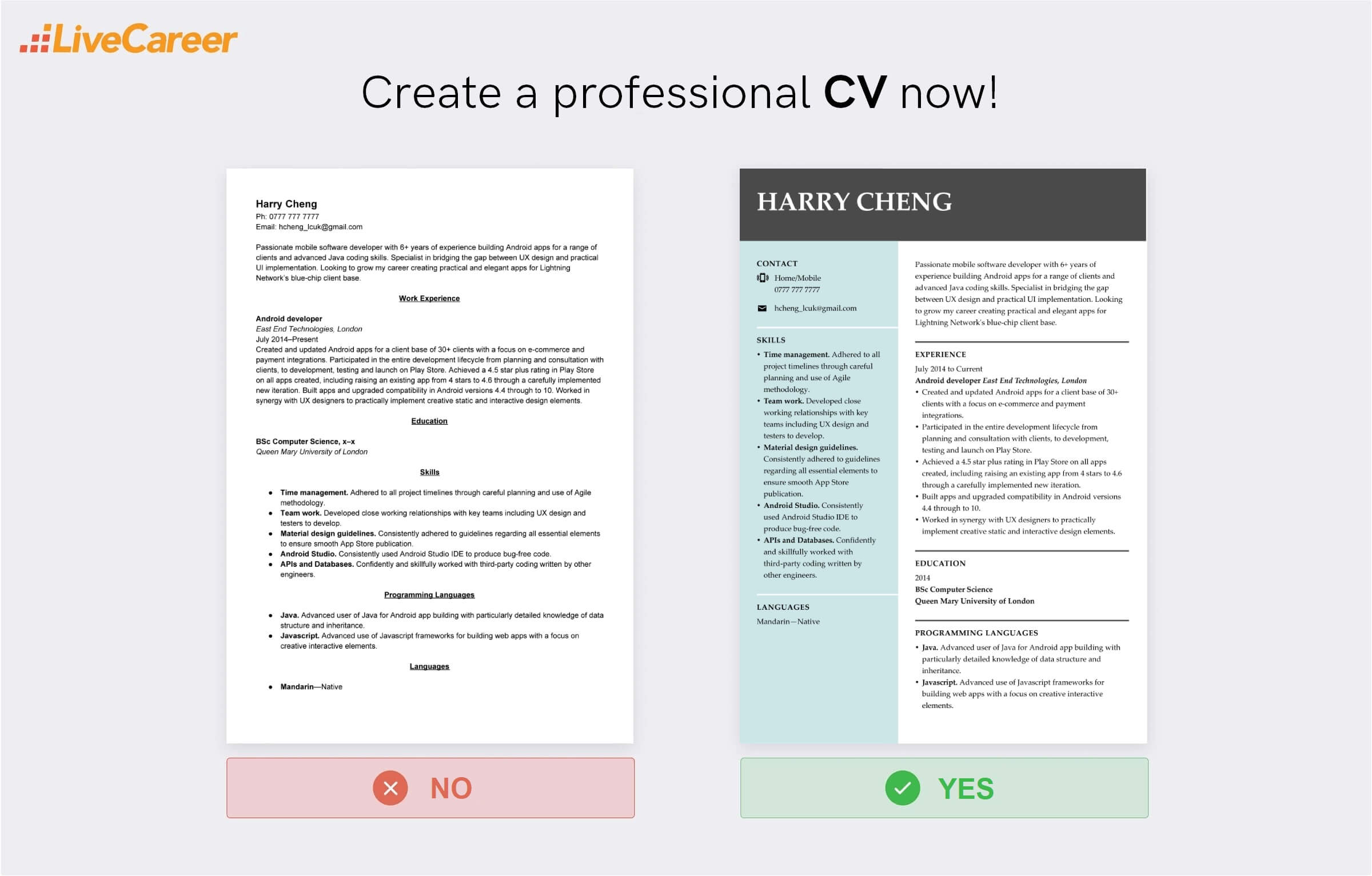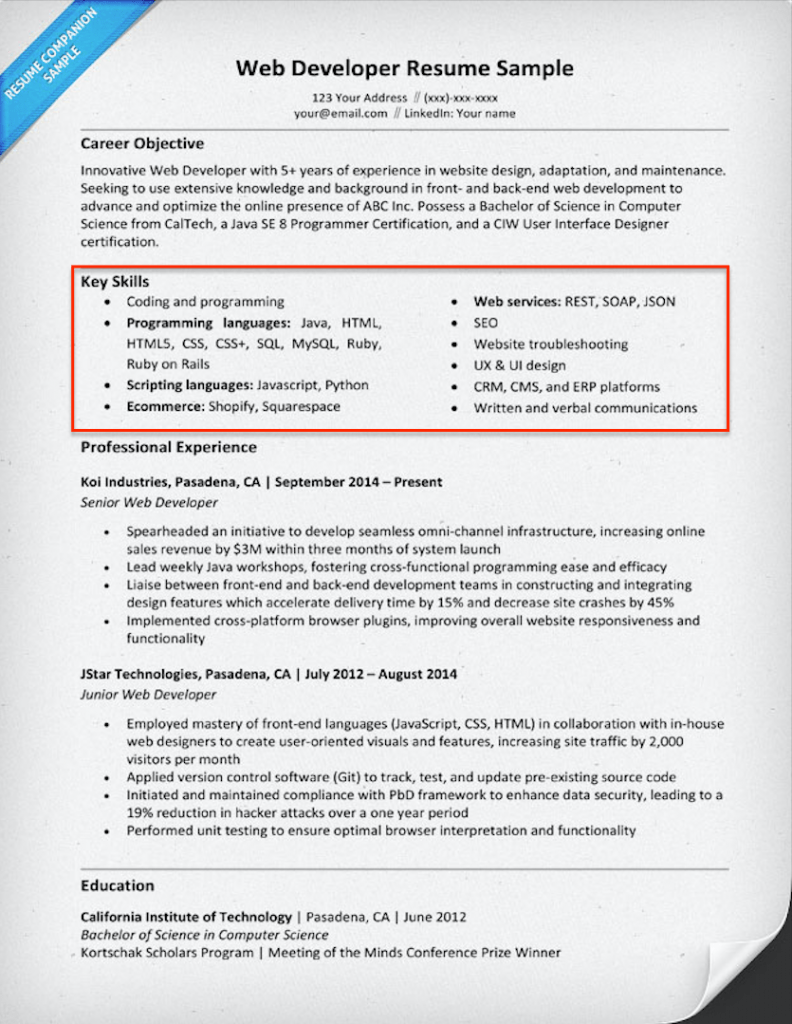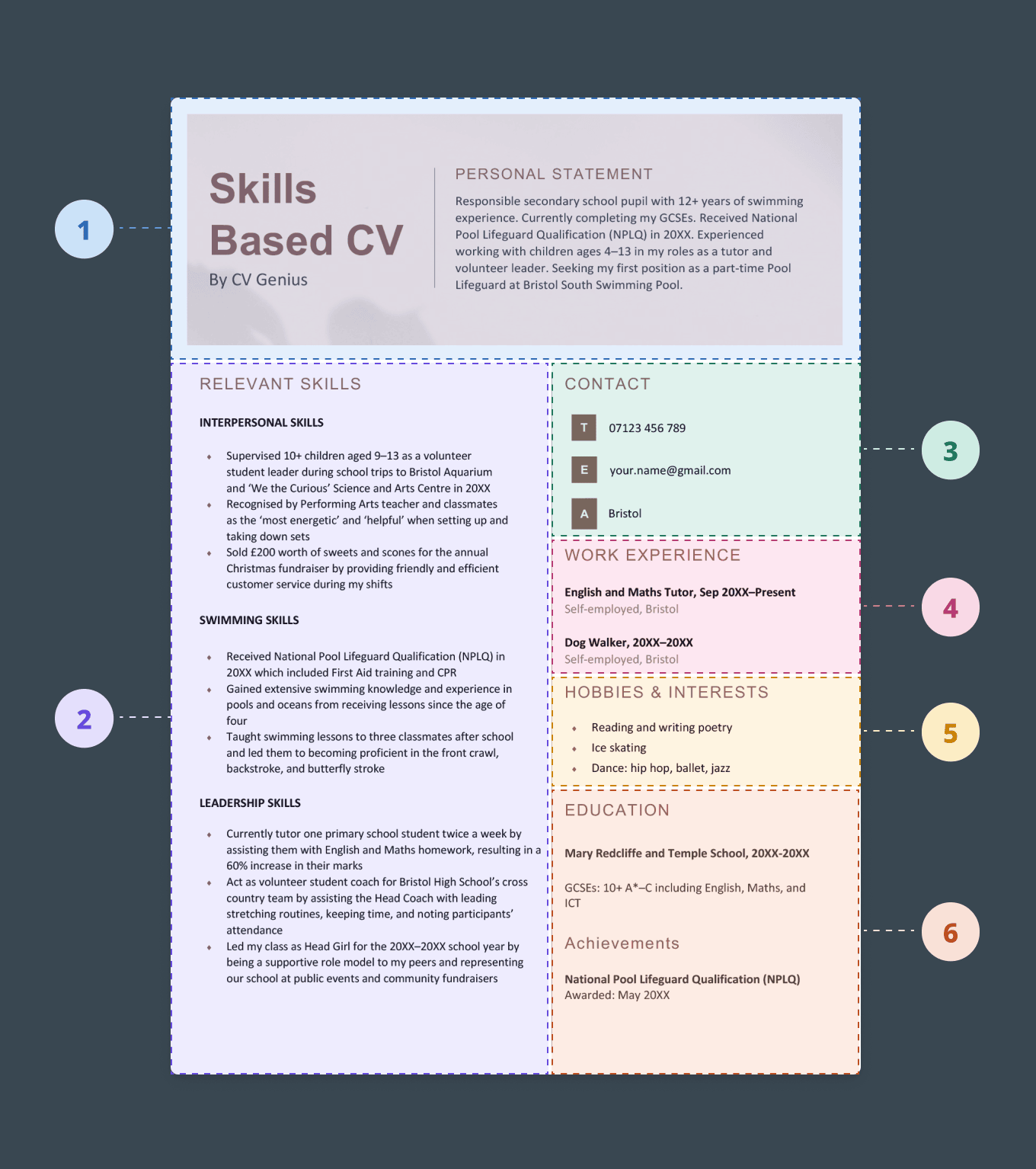
Crafting a Compelling Narrative: Highlighting Your Skills on a Curriculum Vitae
Weaving Your Abilities into Your Professional Story
So, you’re putting together your CV, huh? Think of it less like a dry list and more like your personal highlight reel. It’s your chance to really show what you can do, not just tell. When it comes to skills, simply stating them isn’t going to cut it. Recruiters are looking for proof, real-life examples of how you’ve used your talents to achieve something. It’s about making your abilities jump off the page and say, “Hey, this person can really deliver!”
Imagine your CV as a story you’re telling. Each section is a chapter, and within those chapters, you need to sprinkle in little nuggets of evidence that showcase your skills in action. Instead of just saying “Good at problem-solving,” try something like, “When faced with a critical system outage, I quickly diagnosed the root cause and implemented a solution that restored functionality within two hours, minimizing potential losses.” See how much more impactful that is? It paints a picture.
Let’s be honest, the people reading these CVs have probably seen it all. They’re sifting through stacks of applications, so you need to make yours stand out. Don’t just assume they’ll connect the dots between your responsibilities and your abilities. You need to spell it out, but in an engaging way. Think about those moments in your career where you really shone. What skills did you use? How did you make a difference?
And here’s a little secret: action verbs are your friends. Instead of saying “Was responsible for project coordination,” try “Coordinated cross-functional project teams of up to 10 members, ensuring timely completion of key milestones.” Words like “developed,” “managed,” “analyzed,” and “implemented” add a sense of dynamism and clearly communicate what you actively did. It’s about showing initiative and impact, not just passive involvement.
Show, Don’t Just Tell: Concrete Examples in Your Work History
Illustrating Your Competencies Through Achievements
Your work history section? That’s prime real estate for showcasing your skills. It’s where you can really dig into the details and provide those juicy examples we talked about. For each role you list, try to think beyond the day-to-day tasks and focus on what you actually accomplished. And if you can throw in some numbers? Even better. Numbers make your achievements feel more real and measurable.
Let’s say you want to highlight your amazing communication skills. Instead of just writing “Excellent communicator,” try something like, “Developed and delivered engaging presentations to audiences of up to 50 stakeholders, resulting in a 20% increase in project buy-in.” That gives a much clearer picture of your ability. Similarly, if you’re a whiz with data, don’t just say “Data analysis skills.” Instead, describe a specific project where you used those skills to uncover insights that led to a positive outcome for the company.
When you’re describing your responsibilities, take a moment to think about the underlying skills that made you successful in those tasks. For example, if you managed a team, that shows leadership, delegation, and maybe even conflict resolution skills. Frame your bullet points to explicitly highlight these abilities. Instead of “Oversaw team activities,” try “Led and mentored a team of five direct reports, fostering a collaborative environment that increased team productivity by 15%.”
Here’s a tip: tailor your work experience descriptions to each job you apply for. Read the job description carefully and identify the key skills they’re looking for. Then, make sure your CV clearly demonstrates how your past experiences have equipped you with those specific skills. It shows you’ve actually read the job posting and that you understand what they need.
Beyond the Workplace: Highlighting Transferable Skills
Leveraging Experiences from Diverse Contexts
Guess what? Your skills aren’t just locked away in your previous jobs. Think about all the other things you’ve done — volunteering, hobbies, even significant life experiences can be a goldmine of valuable transferable skills. These are the skills that can be applied across different roles and industries, like teamwork, problem-solving, communication, and leadership.
Maybe you organized a charity event? That shows project management, communication, and maybe even fundraising skills. Played on a sports team? That highlights teamwork, discipline, and resilience. Even that time you taught yourself a new coding language in your spare time demonstrates initiative and a knack for learning. The trick is to identify these experiences and then articulate the relevant skills you developed or used.
When you include these experiences in your CV, you can either create a separate section or weave them into your work experience or education sections if they fit naturally. Just like with your work experience, try to give specific examples and, if possible, quantify your achievements. For instance, if you volunteered at an animal shelter, mention how many animals you cared for or any specific responsibilities you had. It adds weight to your claims.
The important thing is to connect these experiences to the kind of skills that employers are looking for. Don’t just assume they’ll see the link between your role as captain of your college debate team and your leadership abilities. You need to explicitly state the skills you gained and how they could be relevant in a professional setting. It shows you’re thoughtful and can see the bigger picture.
The Skills Section: Strategic Listing and Contextualization
Optimizing Your Skills Showcase for Impact
While you should definitely sprinkle your skills throughout your CV, a dedicated “Skills” section can be a really handy way to give a quick snapshot of your key abilities. But just listing a bunch of words isn’t the most effective approach. Try grouping your skills into relevant categories and maybe even adding a little context where it makes sense. This helps the person reading your CV quickly understand the range and depth of your talents.
Think about breaking down your skills into categories like “Technical Skills” (software, tools, programming languages), “Soft Skills” (communication, teamwork, problem-solving), “Language Skills,” or even “Industry-Specific Skills.” Within each category, list the skills you’re proficient in. For technical skills, be specific — instead of just “Microsoft Office,” list the specific programs you know and your level of expertise. For soft skills, think about providing a little more detail if possible, perhaps referencing where you’ve demonstrated these skills in your experience section.
Sometimes, adding a brief qualifier next to a skill can be helpful. For example, instead of just “French,” you could say “French (Conversational).” For software, you might write “Adobe Photoshop (Advanced).” This gives the reader a better sense of your level of proficiency. However, try to avoid vague terms like “intermediate” unless you can back them up with examples elsewhere in your CV.
Remember, the skills you list in this section should really align with what the job description is asking for. Tailor this section for each application, highlighting the skills that are most relevant. Don’t include skills that aren’t really applicable to the role. A well-thought-out skills section acts as a quick reference and reinforces the skills you’ve already demonstrated in your experience section.
Formatting for Clarity: Ensuring Your Skills Shine Through
Presenting Your Abilities in an Accessible Manner
Even if you’ve written the most amazing descriptions of your skills, if your CV is a jumbled mess, it’s going to be hard for anyone to appreciate it. Good formatting is crucial for making your CV easy to read and for ensuring your key skills really stand out. Use clear and consistent formatting throughout the whole document, from the font you choose to the way you use bullet points.
Bullet points are your best friend when it comes to listing your responsibilities and achievements. They break up large blocks of text and make the information much easier to digest. Start each bullet point with a strong action verb to emphasize what you did. Keep them concise and try to include quantifiable results whenever you can. Nobody wants to wade through long, rambling paragraphs.
Think about using bolding or italics to draw attention to key skills or achievements within your descriptions. But don’t go overboard! Too much formatting can actually make your CV look cluttered. Consistency is key here. Choose a professional and easy-to-read font and stick with it throughout. Make sure your headings and subheadings are clearly distinct from the main text so it’s easy to navigate.
And finally, please, please proofread your CV! Even a tiny typo can make a negative impression. It suggests a lack of attention to detail. Ask a friend or family member to take a look too, as they might spot errors you’ve missed. A well-formatted and error-free CV shows you’re professional and detail-oriented, ensuring your skills are presented in the best possible light.
Frequently Asked Questions (FAQ)
Addressing Common Queries About Showcasing Skills
Q: Should I just list all the skills I have, even if they’re not really relevant to the job?
A: Probably not the best idea. Focus on the skills that the employer is actually looking for. Tailor your CV to each job application. Listing a bunch of irrelevant skills can make your CV seem unfocused and might even make it harder for recruiters to find the skills they actually care about. It’s better to be targeted and highlight your most relevant abilities.
Q: Where’s the best spot to put all my amazing skills on my CV?
A: Ideally, you should weave evidence of your skills throughout your entire CV, especially in your work experience section with those concrete examples. A dedicated “Skills” section is also a great idea for a quick overview. Think of it as a two-pronged approach: show them in action and then summarize your key strengths.
Q: What if I don’t have tons of formal work experience yet? How can I still show off my skills?
A: No worries! Think about transferable skills you’ve gained from other experiences like volunteering, school projects, clubs, or even personal hobbies. If you organized a school event, that shows organizational and communication skills. If you built your own computer, that demonstrates technical aptitude and problem-solving. The key is to identify those skills and explain how you used them and what you achieved. These experiences can be just as valuable as formal work experience!
![101 essential skills to put on a resume in 2024 [for most jobs] 101 essential skills to put on a resume in 2024 [for most jobs]](https://cdn-blog.novoresume.com/articles/most-important-skills-to-put-on-your-resume/skills-section-in-a-resume-template.webp)
101 Essential Skills To Put On A Resume In 2024 [for Most Jobs]

40+ Indemand It Skills Examples & Definition (2024)

How To Write A Resume Skills Section

20+ Skills For Resumes (examples Included) Resume Companion

Your Cv Format Examples & Tips To Impress Uk Employers
